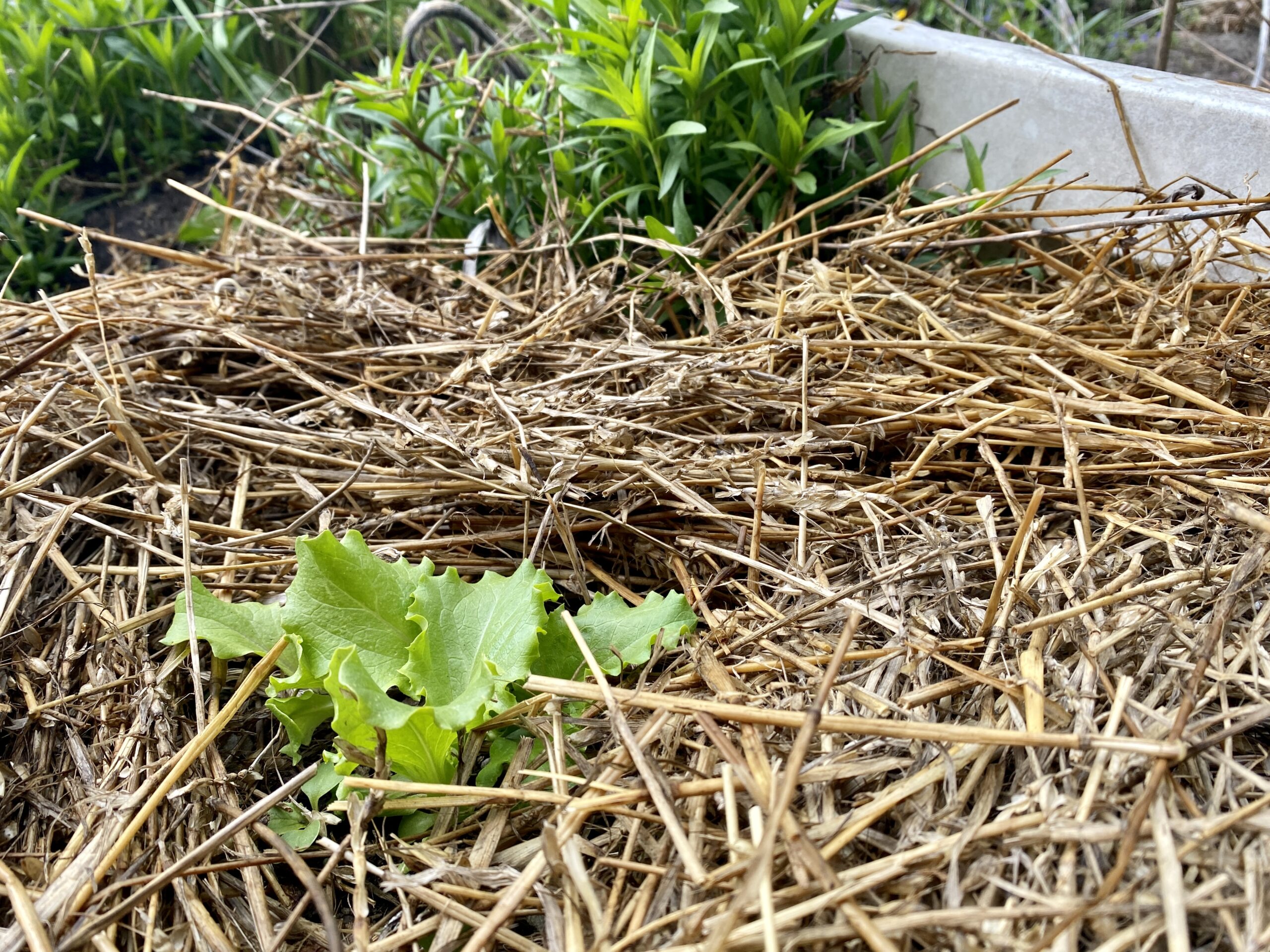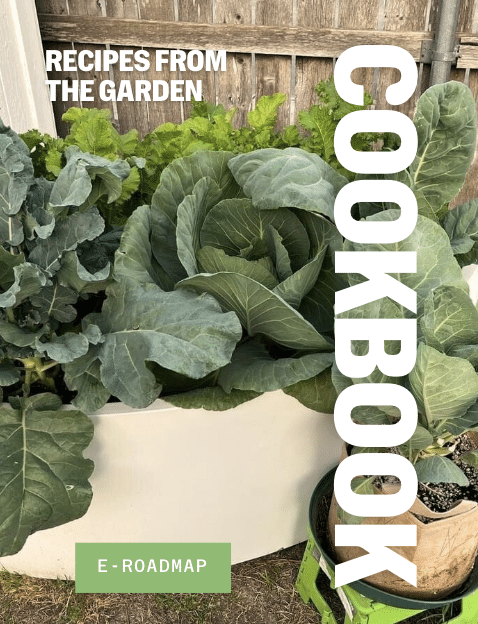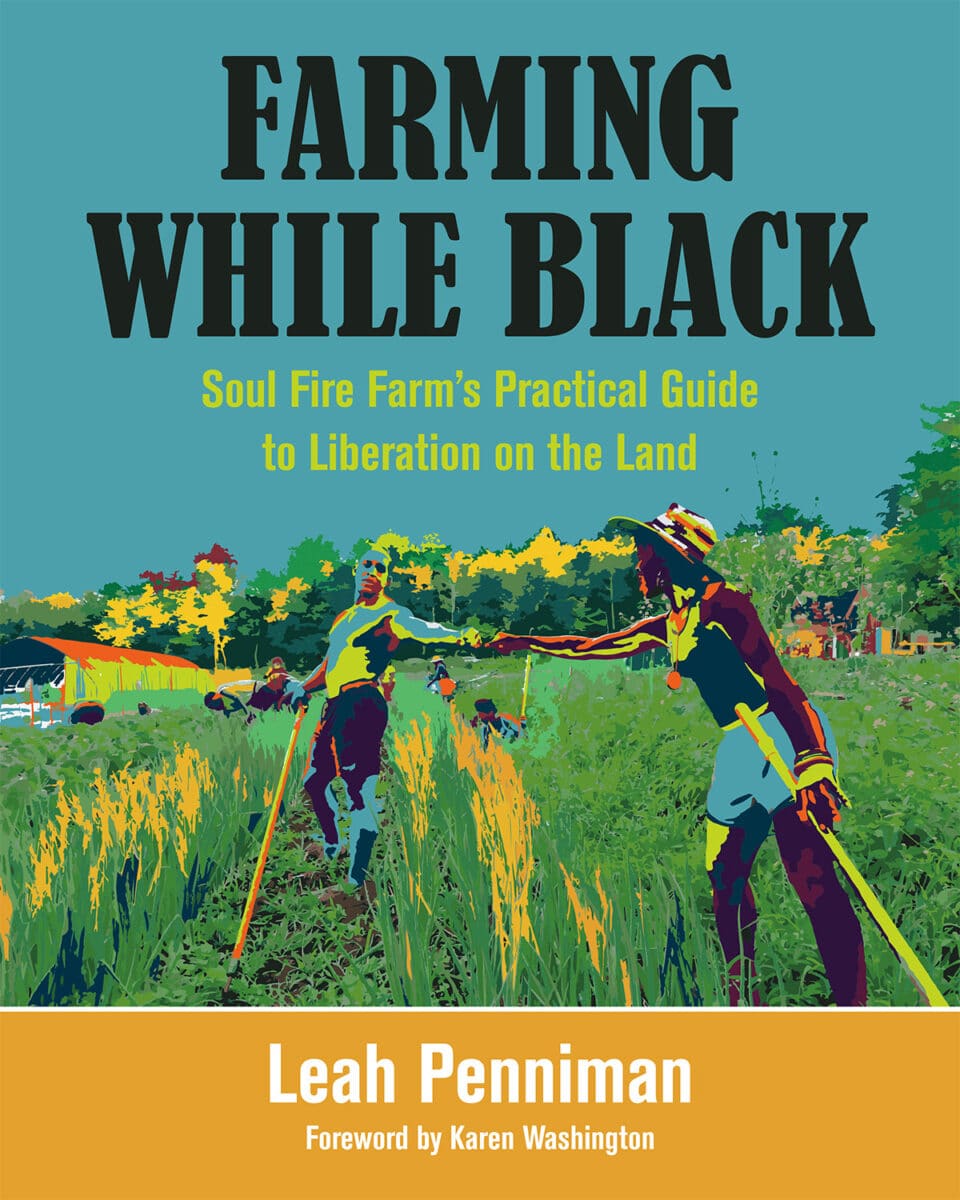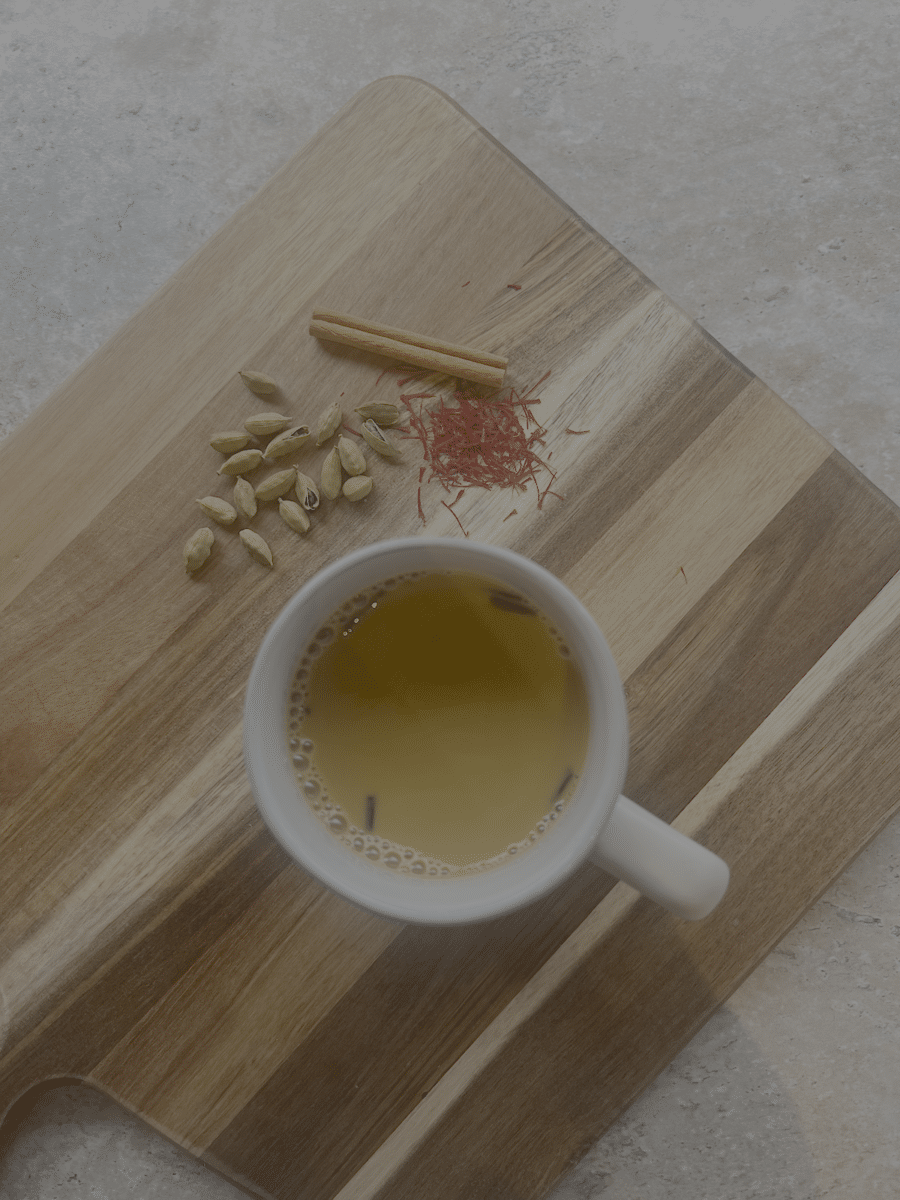Mulching is an essential practice for maintaining healthy soil in any garden.
Benefits of Mulch
- Soil Nutrients: Mulch breaks down slowly over time adding nutrients to your soil. Mulch increases the health and diversity of soil microbes, worms, and insects that support a thriving garden.
- Healthy Roots: By keeping soil temperature and moisture levels consistent, mulch creates ideal conditions for root growth and development.
- Efficient Water Use: Mulch reduces evaporation, minimizing water loss and reducing the amount of water needed to keep plants hydrated.
- Weed Prevention: Mulching covers bare soil and prevents weeds from growing, making them easier to pull out.
What mulch should I use in my garden?
In a container garden use mulch that is non-toxic and will break down over time (no rocks, gravel, shredded rubber tires, or dyed wood chips). You can purchase mulch or use mulches that are free and readily available around your garden. Here’s a list of our favorite mulches for the garden:
- Shredded Leaves – Any dried leaves work (fall leaves, fallen palm fronds, pine needles, dried grass clippings, etc.). Collect dried fallen leaves from around your garden and from your neighbors. Leaves are best when broken down or shredded before they are used as mulch. Whole leaves can mat together and block the flow of air and water into your garden soil. Leaf mulch can also be purchased from local garden centers and landscapers.
- Straw is a great mulch for your garden. Sometimes seeds in hay will sprout to grow grass but a thick layer of mulch makes them easy to pull before they become an issue. Bales of straw and hay are frequently left over from holiday decorations and can be picked up for free after the holiday season.
- Wood chips (without dyes) are a good mulch. If you mulch with wood chips, do your best to keep them from mixing into the soil. They can make your soil difficult to work in and can create an imbalance of nutrients until they break down. Woodchips are frequently offered free from local arborists and are cheaply purchased from garden centers.
- Mixing different mulches works well. For example, layers of leaves, grass clippings, and/or wood chips over a layer of newspaper or cardboard is a very popular and effective mulch to prevent weeds.
How to use mulch?
- Remove all weeds from your garden.
- Apply any soil amendments like compost or fertilizers before you spread your mulch.
- Loosely spread mulch over the surface of the soil at least 2” thick and up to 4” thick. If there are plants growing in the beds use caution and go slowly to keep mulch from covering them up. Don’t let the mulch press up against growing plants.
- When planting into a garden with mulch on it, simply push the mulch aside to plant the seed or seedling directly into the soil as you normally would. Don’t plant directly into mulch or cover the seeds or seedlings with mulch.
Re-applying mulch:
Mulch breaks down over time. Plan to reapply to mulch at least once per year. You can mix and match different types of mulch based on what’s available.



